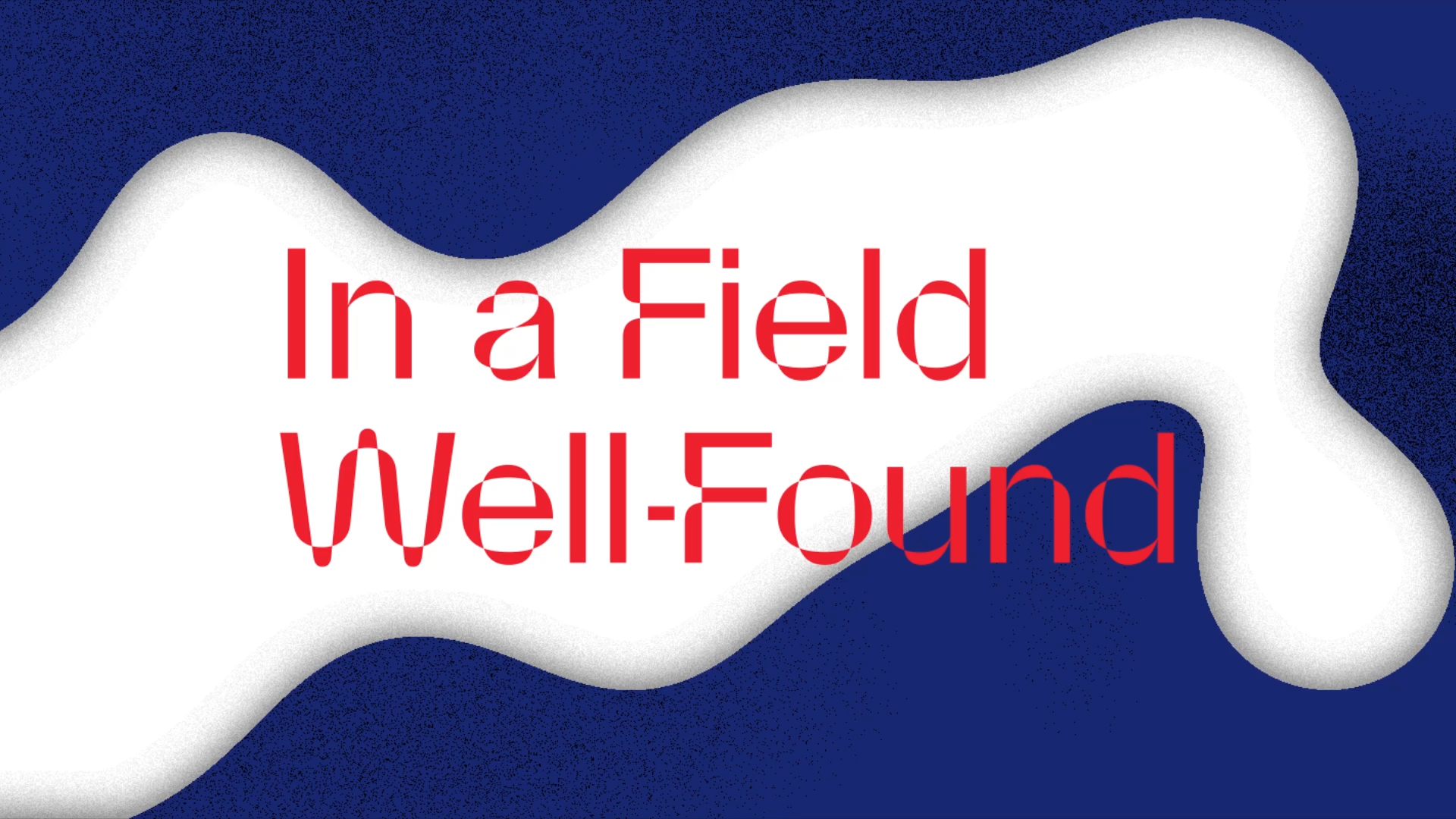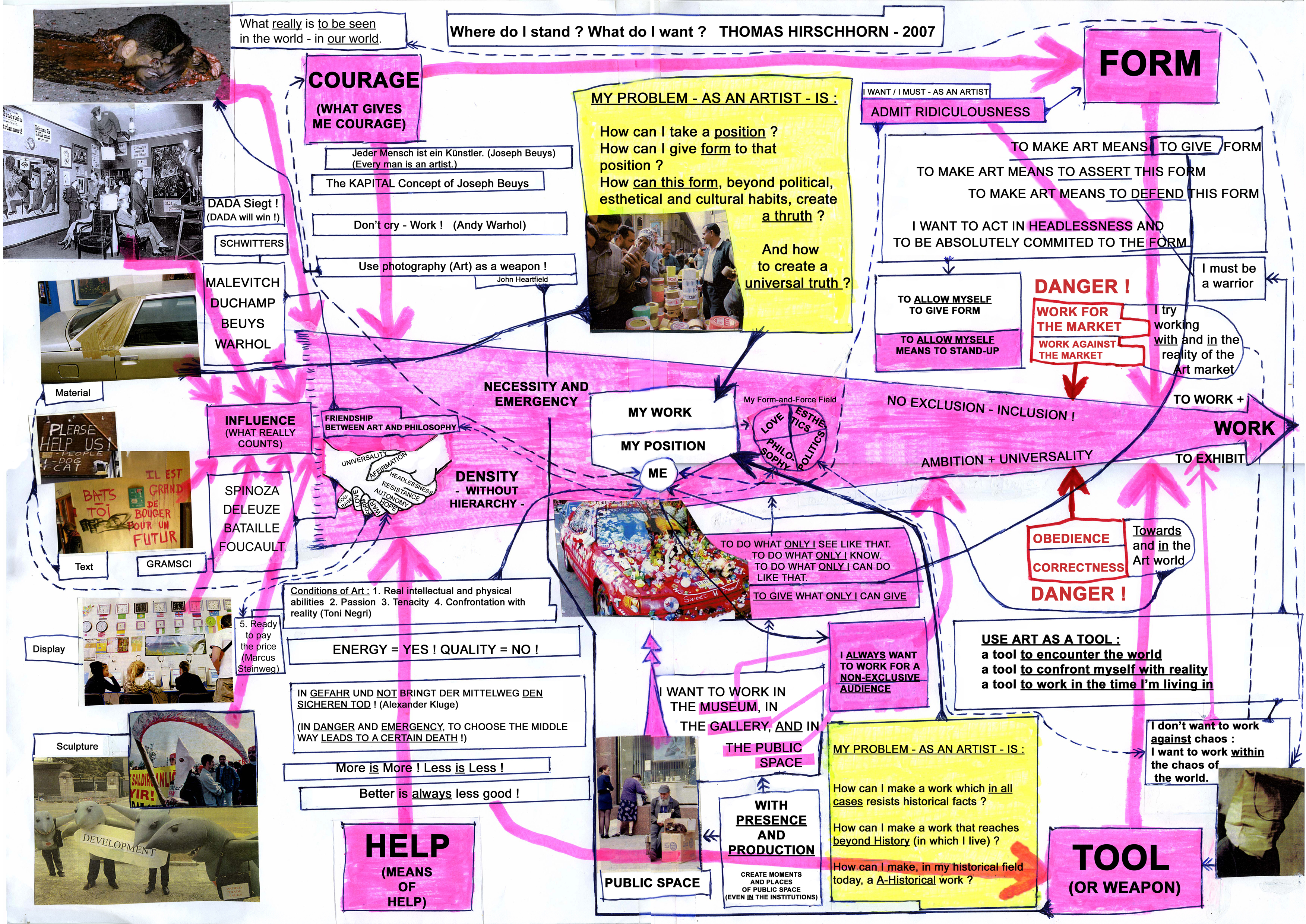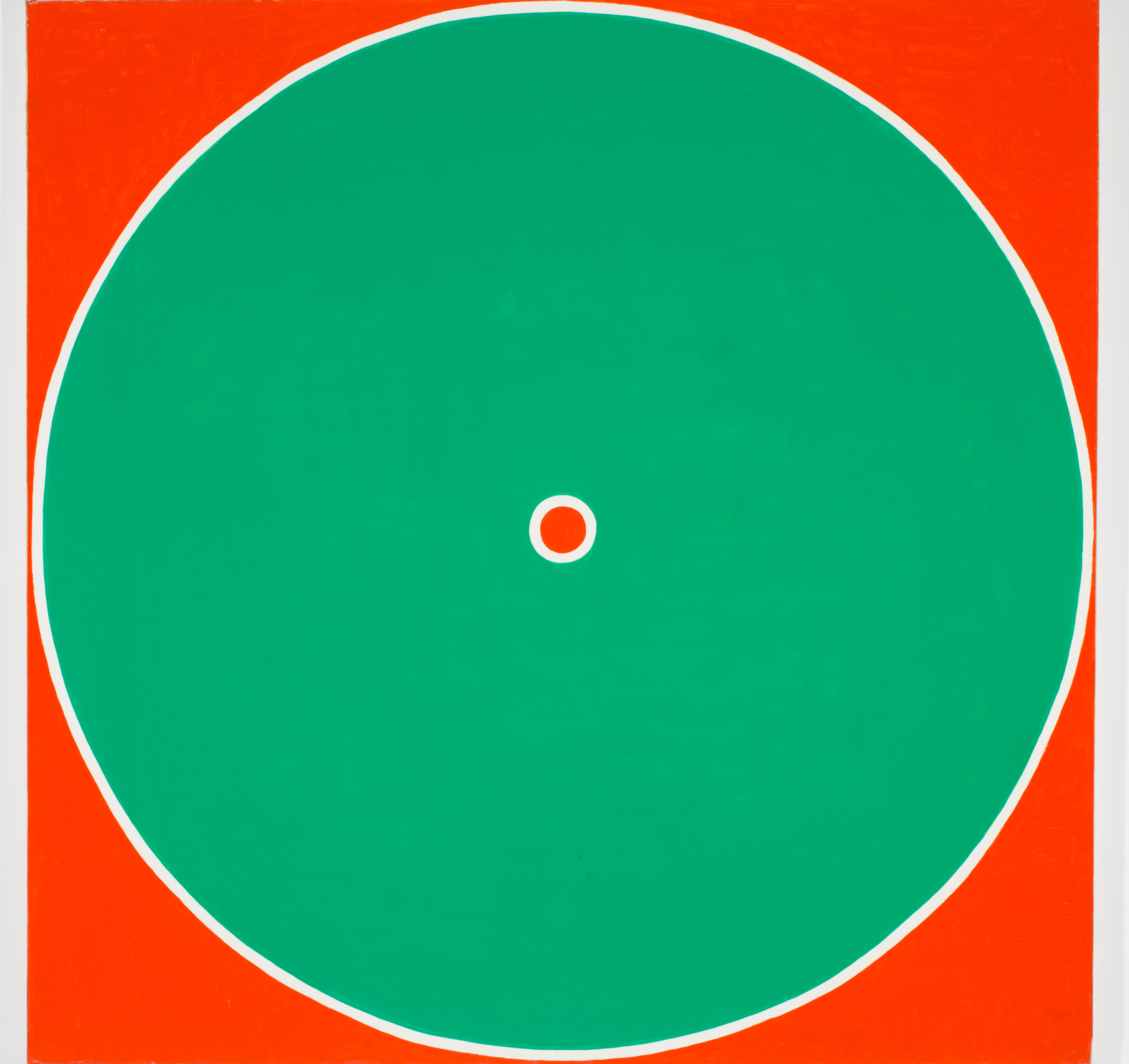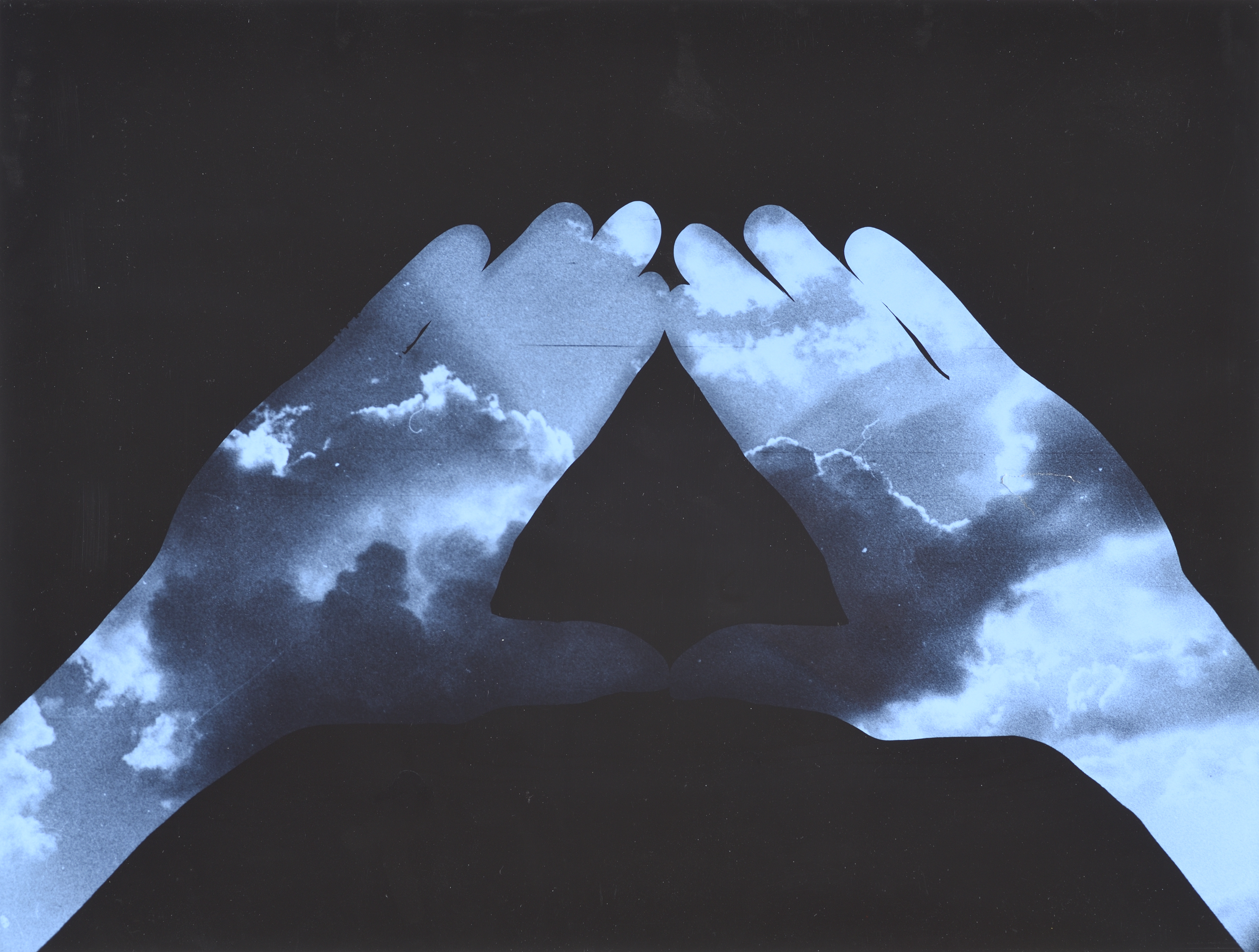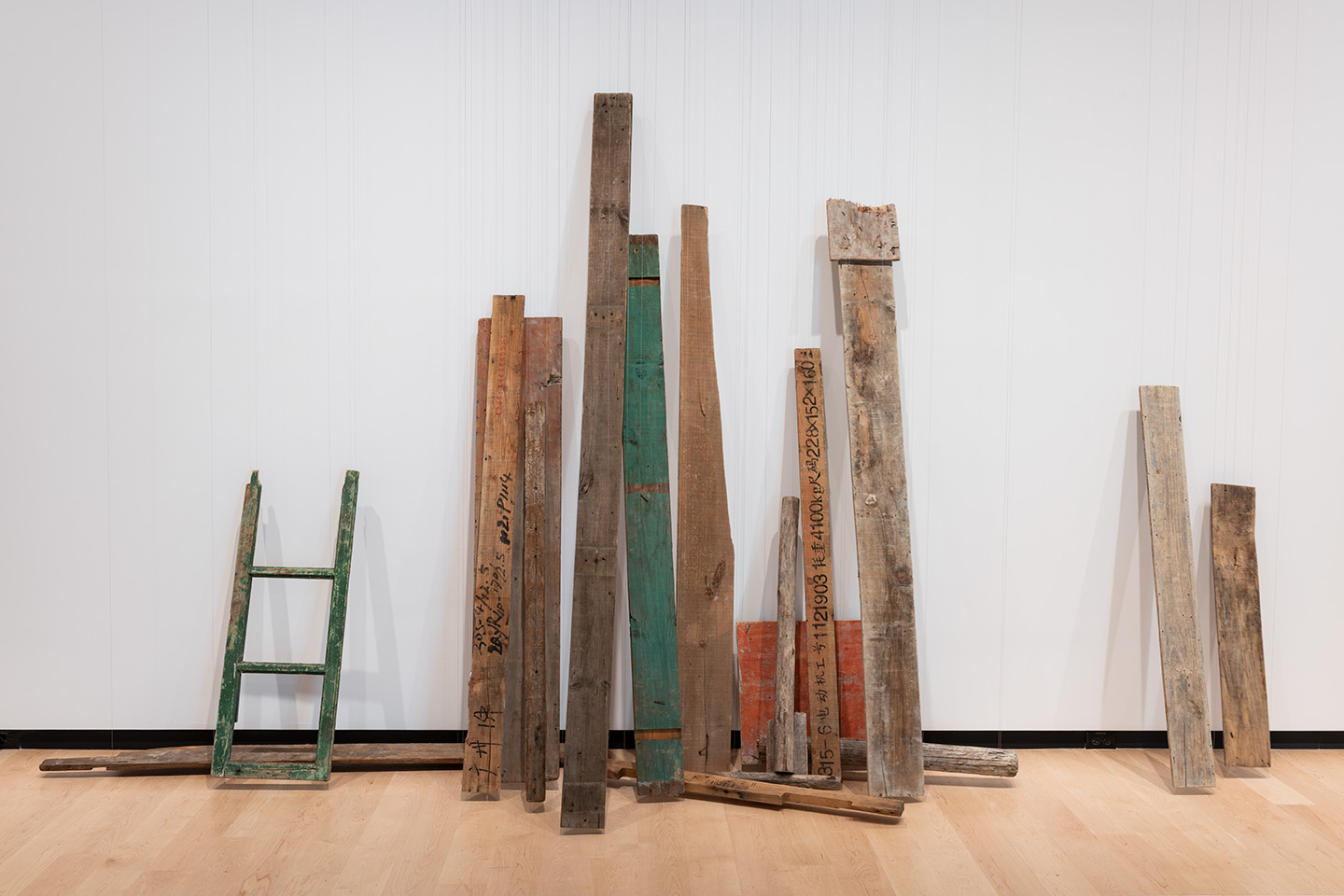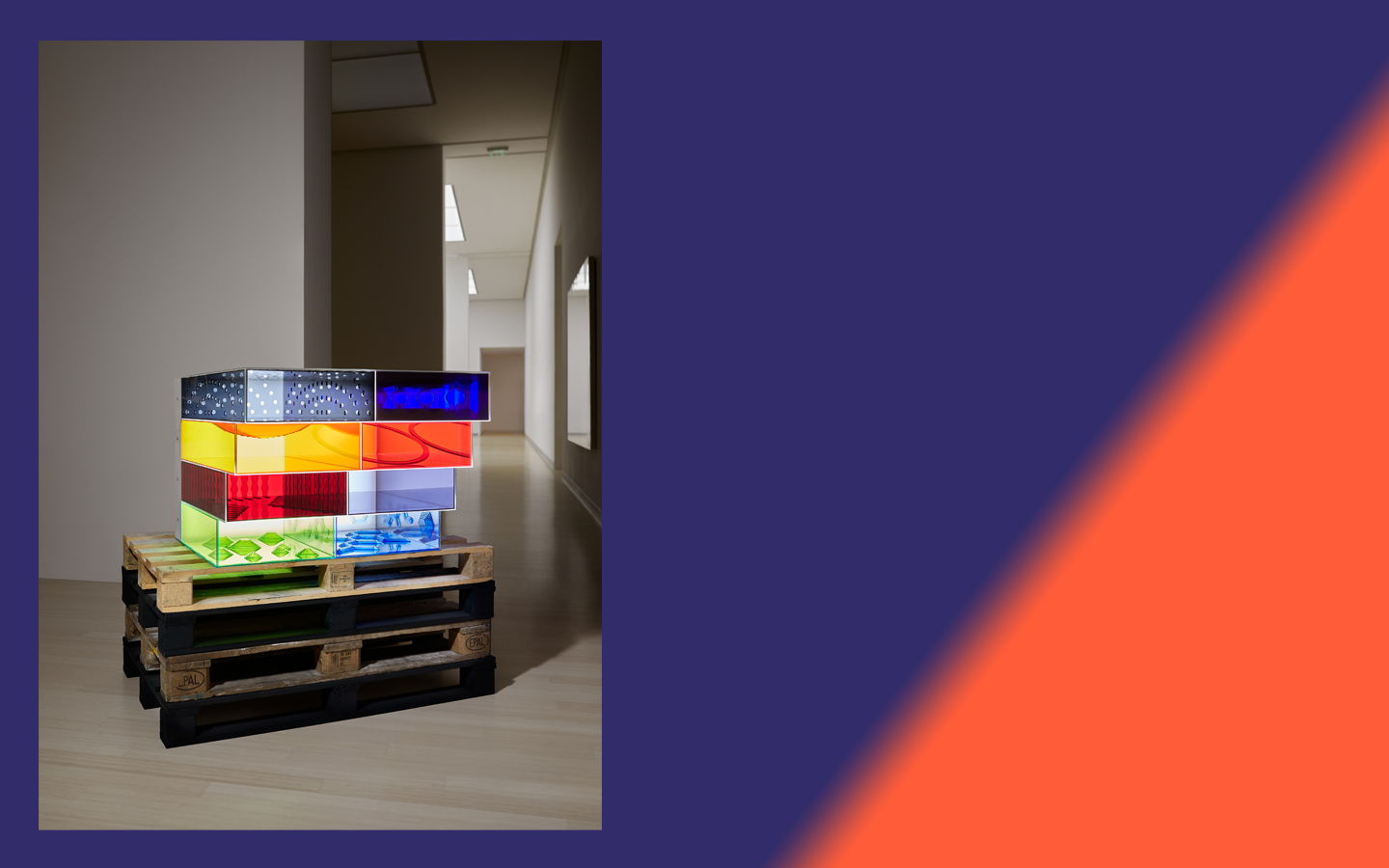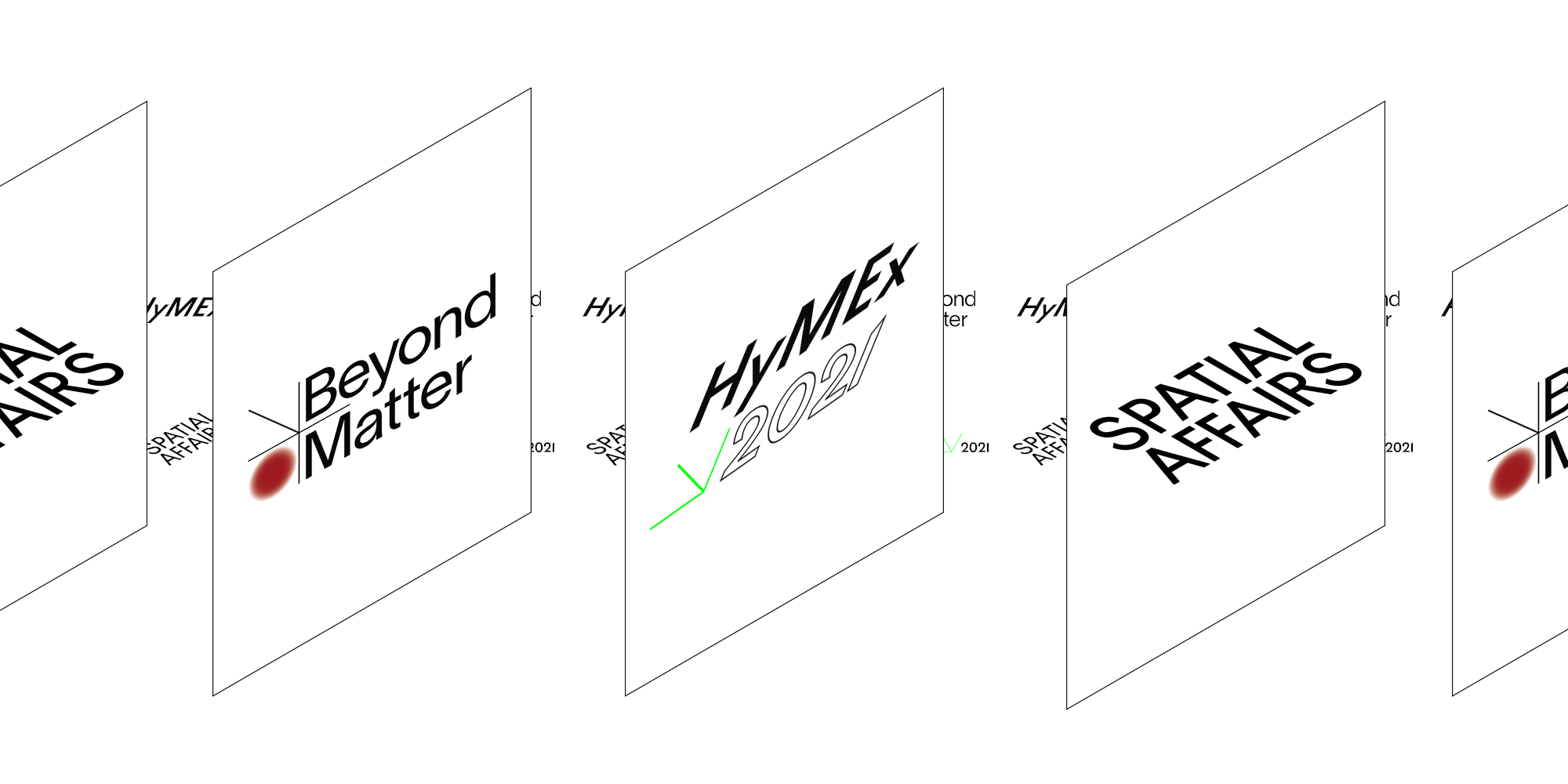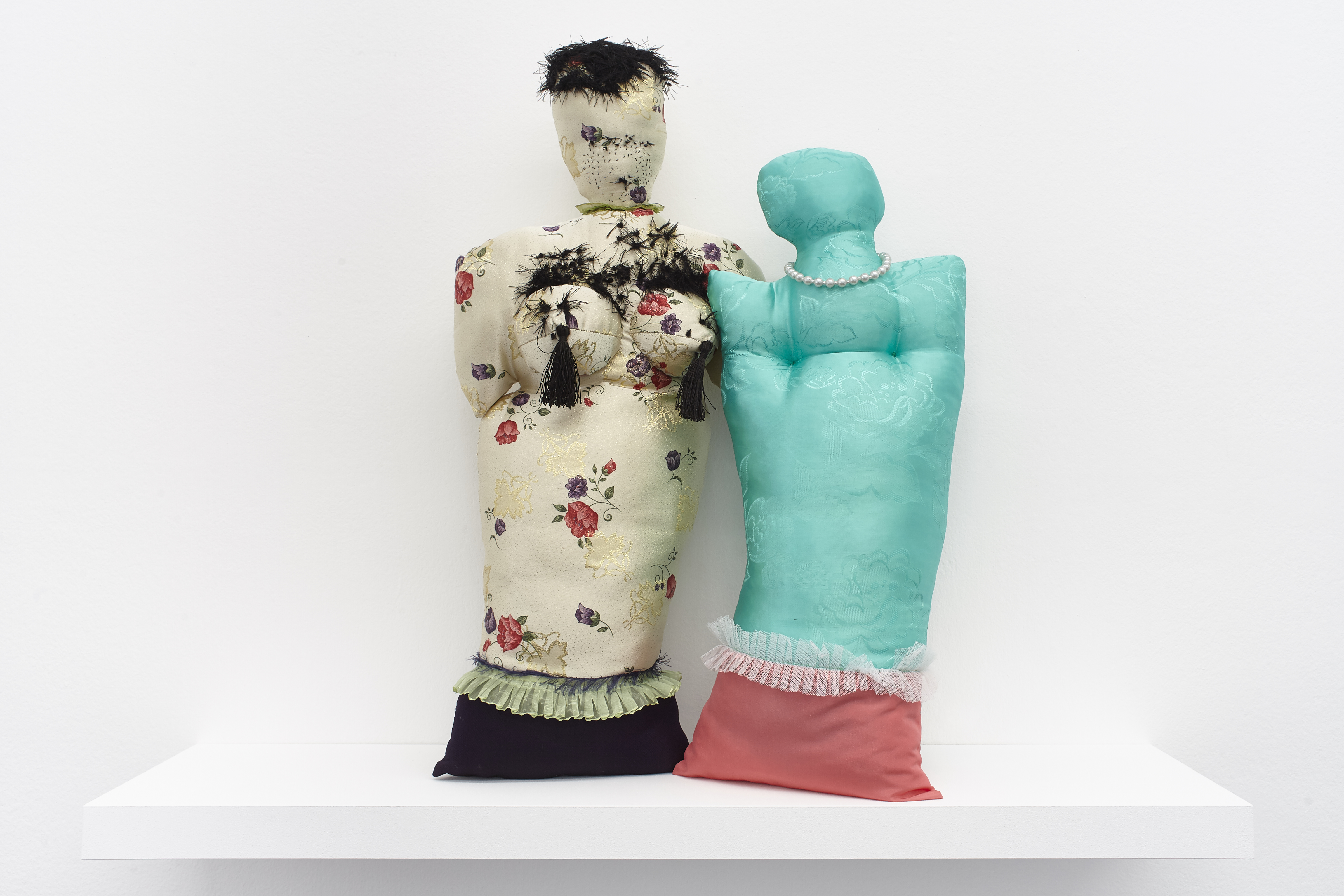The Science of Imagination
An international group exhibition
29 April – 27 June 2010
Pawel Althamer, Gerard Byrne, István Csákány, Marine Hugonnier, Tamás Kaszás,
Ádám Kokesch, Chris Marker, Anna Molska, Deimantas Narkevicius, Panamarenko,
Daniel Roth, Saso Sedlacek, Jane and Louise Wilson
Ludwig Museum – Museum of Contemporary Art
PALACE OF ARTS
H-1095 Budapest, Komor Marcell u. 1.
Phone (36 1) 555 3444
Fax: (36 1) 555 3458
info@ludwigmuseum.hu
Project management: Hajnalka Somogyi and Thomas Trummer
The exhibition is a collaboration of Ludwig Museum and Siemens Stiftung.
Through works by international contemporary artists, the exhibition takes as its starting point a characteristic literary and filmic genre of the 1945-1989 period: science-fiction. Centered around two seminal artistic positions from the sixties, the works on display, all made in the last ten years, reconsider the workings of these Cold War-fueled myths and employ some of its strategies in their own visions of the future.
Darkened by anxiety and competition, the utopia of the Cold War period were often inspired by scientific achievements and technological development, be it about cities for future societies, the infocommunication revolution, or the arms and space race. Quite antithetical future possibilities, such as discovering an intelligence ultimately superior to that of human race (like in 2001: Space Odyssey) or facing a society totally devoid of culture and human sense (such as in Fahrenheit 451); conquering the universe and vacationing on the Moon or perishing in a nuclear attack by the evil “Other” all seemed to be at arm’s length and approaching.
While humankind was gaining a knowledge incredibly complex and world-view changing, the conviction that it had lost control over its own creatures was growing stronger in many. Technology became far too complicated to be comprehensible for the average user and thus the suspicion of these machines having their own soul and will was born; and media was gathering, selecting, mixing, warping or amplifying information so that “reality” became inapproachable.
Thus, exact scientific facts and precise, inanimate machines, filtered through fantasy, artistic creativity, social tensions and political ideologies or phobias, turned into peculiar, in some cases optimistic, in others threatening or even apocalyptic visions of late modernity. This science-fiction universe is at the same time the summit and the collapse of the modern utopia; it shreds and pulps fact and fiction so that the unknown and the foreign comes near and the familiar turns uncanny; irrational becomes the principle and logic gets nonsensical; and the unthinkable somehow enters our consciousness.
Some SF themes, like nuclear threat and havoc, are still with us, as the political situation they articulate has not changed as much as leading ideologies maintain; however, if SF as language and method has entered visual art in the past as well as today, the reason might be that it proved suitable for articulating the uneasy relationship of past and future, known and alien, threatening and fascinating, scientific and phantasmagorical – not as opposites, but as intertwined entities.
La Jetée (1962) by French filmmaker Chris Marker (b. 1921) is a legendary experimental sci-fi film essay that has inspired the genre ever since (e.g. Twelve Monkeys by Terry Gilliam). Composed almost entirely of black and white photos, it is a story of a time journey through dreams and memories, set in post-Third World War Paris. The film’s protagonist endures experiments made on his brain by evil scientists, falls in love in the past and seeks liberation in the future until he has to face his fate in a rather absurd way.
Inspired by Pop Art’s interest in popular culture such as sci-fi, and searching for magic and wonder, Belgian artist/engineer/visionary Panamarenko (Henri Van Herwegen, b. 1940) has been working on his own airplanes, submarines, and robots since the sixties on, all based on his own peculiar scientific theories. Portable Air Transport (1969) is an early prototype for a seat-like portable helicopter that foreshadows his later rucksack planes. His portfolio Milkyways and Happenings is based on his collages from the sixties; complete with cut-out pages of SF novels, images of astronauts, newspaper legends referring to current politics and other shreds of what captured the artist’s attention at the time, they get close to Pop Art in their engaged objectivity that lacks Marker’s (and many other artists’) critical humanist charge.
Gerard Byrne (Irish, b. 1969) brings us back to the sixties with his video and photo installation 1984 and Beyond (2005-2007). The videos present a staging of a 1963 Playboy interview series with the most famous science fiction writers of the time: Asimov, Clarke, Bradbury, Budrys, Heinlein, among others. The way they foresee the end of the 20th century alternates between madly far-fetched and shockingly accurate.
The 2008 film The Dud Effect by Lithuanian artist Deimantas Narkevicius (b. 1964) is a “reenactment” of something that has never happened but was planned and prepared to the smallest detail: the launch of a nuclear rocket from the Soviet Union. The artist shot the frightfully precise scene at the original location according to the memories of an ex-Soviet soldier who used to serve at a now-closed nuclear rocket base in Lithuania and still knows by heart the protocol of launching such a rocket. That Cold War might have ended but does not this only mean that the “enemy” changed name?
Dream Time (2001) by British artists Jane and Louise Wilson (b. 1967) documents the launch of the 2001 International Space Rocket at Baikonur Cosmodrome in Kazakstan. The Cosmodrome is the focal point of the Russian space program: it was from here that in 1961 Yuri Gagarin became the first man to be launched into space. Like many other works by Jane and Louise Wilson, including Stasi City (1997), Gamma (1999) and Parliament (1999), Dream Time examines the way in which political and technological power behind the international space program is manifested through architecture and captured through the medium of moving images.
Slovenian Sašo Sedlaček (b. 1974) often examines the political, moral or ecological dimensions of technology. The installation Origami Space Race (2009) is a playful instigation (based on a Japanese example) to launch a revolutionary new chapter in space-technology based on open source strategies and origami techniques.
Hungarian Ádám Kokesch (b. 1973) and Polish Anna Molska (b. 1983) evoke the hey-day of science-fiction in more indirect ways. Kokesch’s Untitled objects and installations (all newly made for the show) recall mysterious devices and code systems of science with their bright colors, geometric shapes and functional design, while Molska’s video Perspective (2003) ironically recasts an archetype of modern SF: a human figure in a white jump suit forging ahead into the unknown nothingness against all restraints.
A new installation entitled Collapsist Monument [Museal pre-construction] by Tamás Kaszás (Hungarian, b. 1976) refers to the term “collapsism”, often used pejoratively for visions of the future that forecast a total (ecological, political, or simply existential) collapse of our civilization. His “end of the world” scenario features an enigmatic monument made by a culture subsequent to, and quite ignorant of, ours; a future memorial to us or to what survived of our culture.
This magical pre-construction will be paired in the exhibition with Pawel Althamer ‘s (b. 1967) Self-Portrait – Sorcerer (2009). An internationally acclaimed figure of the contemporary Polish art scene, Althamer often casts himself in his works as an outsider, an astronaut or an extraterrestrial, and this recent self-portrait, a slowly rotating retro-futuristic sculpture incorporating personal belongings, again combines elements of a magical and a cyborg identity.
István Csákány (Hungarian, b. 1978) has created a huge, site-specific installation for this exhibition: a 1:1 all-wooden replica of the private workshop of a jack-of-all-trades: the well-known messy sanctuary of (usually) men where complex, creative and down-to-earth manual work can be exercised for one’s own contentment. This type of activity having been relegated to the realm of free time in the age of almighty machines, the private workshop, especially when roughly carved in wood and set in an uncanny blue room, appears as a time capsule of a terminated past.
Another newly created work, encounters at a possible end in the inner chambers by German artist Daniel Roth (b. 1969) consists of drawings, a c-print, a bark-cloak and a 16 mm film: these elements appear as fragments of a fictional story around a mysterious subterranean institute that transforms human bodies into landscape – of a parallel world that shifts and drifts like a capsule in space.
Finally, the fictional action of the 2004 film The Last Tour by French artist Marine Hugonnier ( b. 1969) “is set at the end of the Age of Spectacle, at a time when tourist attractions are about to be completely closed off to the public. The viewer embarks on a ‘last tour’; a hot-air balloon flight over the famous, iconic Matterhorn in the Swiss Alps. The film suggests the possibility of a blank space reappearing on the map, a reference to the world before the Era of Discovery.” – as the artist writes on her homepage.
